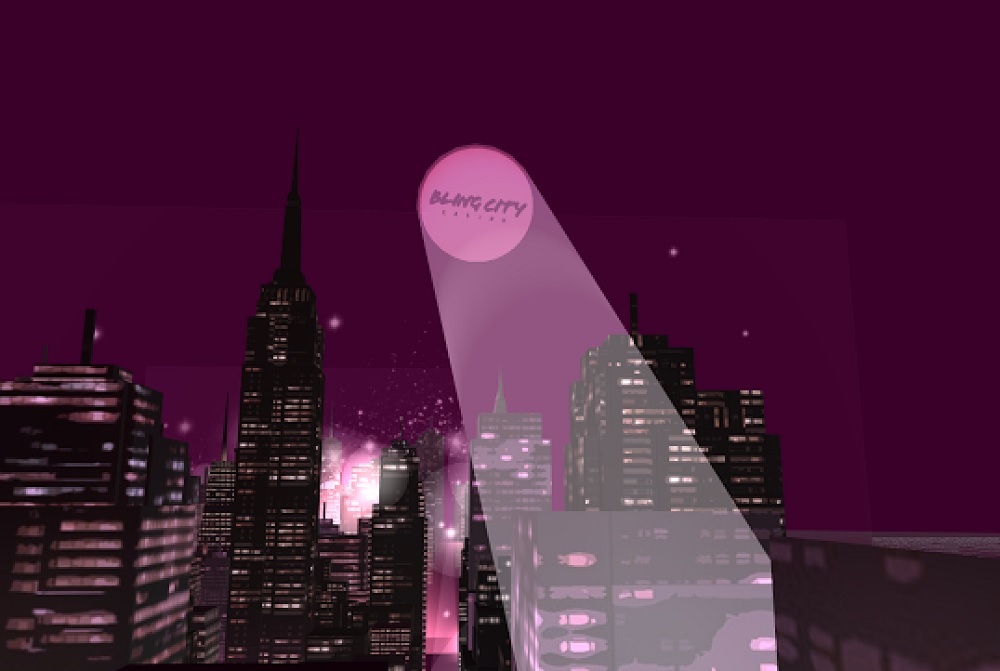Goo Technologies is introducing a new ad-creation tool called Goo Create that will enable ads to incorporate interactivity, rich 3D graphics, and HTML5 standard technology.
Backed by Rovio founder Kaj Hed, Stockholm-based Goo wants to be a leader in 3D web pages that are based on the WebGL and HTML5 web standards. Such pages will one day be capable of running rich 3D animations in web browsers with no plug-ins, and they will work with any site that supports HTML5, the lingua franca of the web, and its 3D animation counterpart WebGL.
Goo first started working on WebGL and HTML5 games. Now it is expanding into tools that will enable advertisers to create WebGL and HTML5 ads.
The company says it has created the first WebGL-powered online ad, which enables a user to move through a 3D scene and look at an advertisement from multiple angles.
Of course, Goo Technologies has a long road ahead of it trying to explain why advertisers would want to embrace such ads. But it’s no secret that banner ads and interstitials have become pretty boring to users, and a Harris Poll recently found that 82 percent of users don’t pay attention to online ads. Goo wants to make ads so visually rich that they’ll be more enticing to users.
The Goo Create tool is a platform for creating rich 3D ads using a simple and powerful user interface. Goo has created a 3D, WebGL-powered online ad for a casino dubbed BlingCity. It appears on the homepage of Aftonbladet — Sweden’s largest newspaper. In the ad, you can fly through a 3D scene that is embedded along the entire perimeter of the Aftonbladet front page.
“It is once again impressive to see how Sweden keeps on delivering cool new products that truly will revolutionize how and where we will consume media,” said Johan Åsén, the product director for Schibsted, the publisher that owns Aftonbladet. “For us as a publisher, it was not only fun to be first, it was also important that this product makes it possible for us to improve KPIs and increase engagement for our advertisers. And that is exactly what Goo Create for Ads does.”

WebGL enables a web animation running in a browser to take advantage of hardware-accelerated graphics in a user’s machine without the use of plug-ins. WebGL now reaches about 75 percent of browsers.
“As a new highly innovative online casino, we needed an edge in a competitive market,” said Daniel Sahlin, the CEO at BlingCity. “Building this ad on Goo’s technology gave BlingCity the opportunity to show users what to expect in the casino through our innovative ad campaign — visual storytelling!”
Goo Technologies says its platform for ads can offer higher engagement and better virality for the ads being produced on its platform. Starting today, Goo Create can be used to produce rich 3D ads as well as to serve ad campaigns with optimized 3D-ads asset delivery in Goo’s ad-serving and CDN network. Goo Create will be free to use for a limited period of time.
“Our recent research revealed a serious disconnect between advertisers and their audience,” said Marcus Krüger, the founder and executive chairman of Goo Technologies. “That fueled our imagination and drove us to develop something truly unique in the advertising industry — Goo Create for Ads.”
Goo Create is now in open beta testing.
For games, Goo has created the Goo Engine, which enables games to take advantage of 3D hardware acceleration on any device, resulting in browser-based games that don’t suck when it comes to graphics. The technology is based on HTML5. Another technology, WebGL, has been created to accelerate the performance of HTML5 programs so that they can run fast enough on the web. With both technologies together, Goo Technologies hopes to create cool 3D games that are instantly playable with no need for browser plug-ins.
The promise of HTML5 games has been alluring. A developer can write a single version of an app or game and get it to run on the web browsers of just about any device. That’s the “write once, run anywhere” promise.
But HTML5 itself has been a false hope for many companies because games that use it have been too slow. WebGL is designed to enable web-based software to take advantage of a computing device’s 3D graphics hardware acceleration.
But so far, only a subset of users can access it as WebGL is supported in only the newest versions of various web browsers. On mobile devices, more web browsers support WebGL, but some of the graphics chips for the devices don’t support it. Companies such as Wooga and Facebook created HTML5 apps, and they were disappointed with the results.


